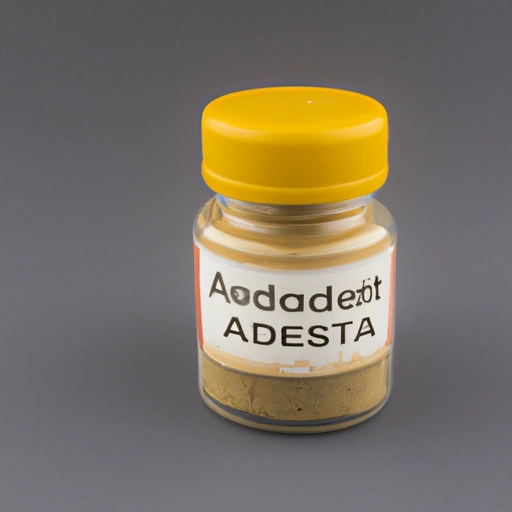Asafoetida
Description

Asafoetida, also known as 'hing,' is a potent resinous gum derived from the roots of plants in the Ferula genus. With its strong, pungent smell, it is often compared to leeks, garlic, or even boiled eggs. Despite its initial overwhelming aroma, asafoetida provides a smooth, savory flavor to dishes when cooked. Available in both powdered and lump forms, asafoetida is a common ingredient in Indian, Middle Eastern, and many other world cuisines. It is often used as a digestive aid and has been employed in traditional medicine for centuries.
Common uses
Asafoetida is widely used as a flavor enhancer in various dishes, especially vegetarian and lentil-based meals. It serves as a substitute for garlic and onions in recipes and is often added to curries, soups, stews, and pickles. The spice is also commonly used in doughs for savory pastries or as a condiment in small quantities.
Nutritional value
Calories
A teaspoon of asafoetida (approximately 2 grams) contains roughly 7 calories.
Protein
Asafoetida provides a negligible amount of protein, less than 0.2 grams per teaspoon.
Fat
The spice contains a trace amount of fat, typically below 0.1 grams per teaspoon.
Carbohydrates
Asafoetida has about 1.5 grams of carbohydrates per teaspoon.
Vitamins
While not a significant source of vitamins, asafoetida does contain small amounts of the B-vitamin complex.
Minerals
Asafoetida is a source of minerals such as iron, calcium, and phosphorus, important for overall health.
Health benefits
Asafoetida is celebrated for its potential health benefits, including aiding digestion, reducing bloating, and acting as an anti-inflammatory agent. It's also thought to have antioxidant properties and may help lower blood pressure.
Potential risks
While asafoetida is generally considered safe for culinary use, it should be consumed in moderation. Excessive consumption may lead to gastrointestinal issues, and it may have blood-thinning effects. People with a history of allergies to fennel, dill, or celery should avoid asafoetida, as it may cause a similar reaction.
Common recipes
Asafoetida is used in recipes such as dal (lentil stew), rasam (spicy South Indian soup), and various vegetable dishes. It is an essential component of many spice blends, including Indian curry powders and masalas.
Cooking methods
The spice is typically fried in a small amount of oil or ghee to mellow out its strong flavor before being added to dishes. It can also be dissolved in water and mixed into recipes.
Pairing with other ingredients
Asafoetida pairs well with legumes, rice, starchy vegetables, and complements spices like turmeric, cumin, and ginger.
Summary
Asafoetida is a unique and powerful spice with a long history, predominantly used in Indian cuisine to enhance the flavor of vegetarian dishes. Despite its pungent aroma, it transforms into a pleasant onion-like taste when cooked. As a spice, it offers some health benefits but should be consumed in moderation to avoid potential risks. Asafoetida is versatile in the kitchen, pairing well with many ingredients and used across various cooking methods.